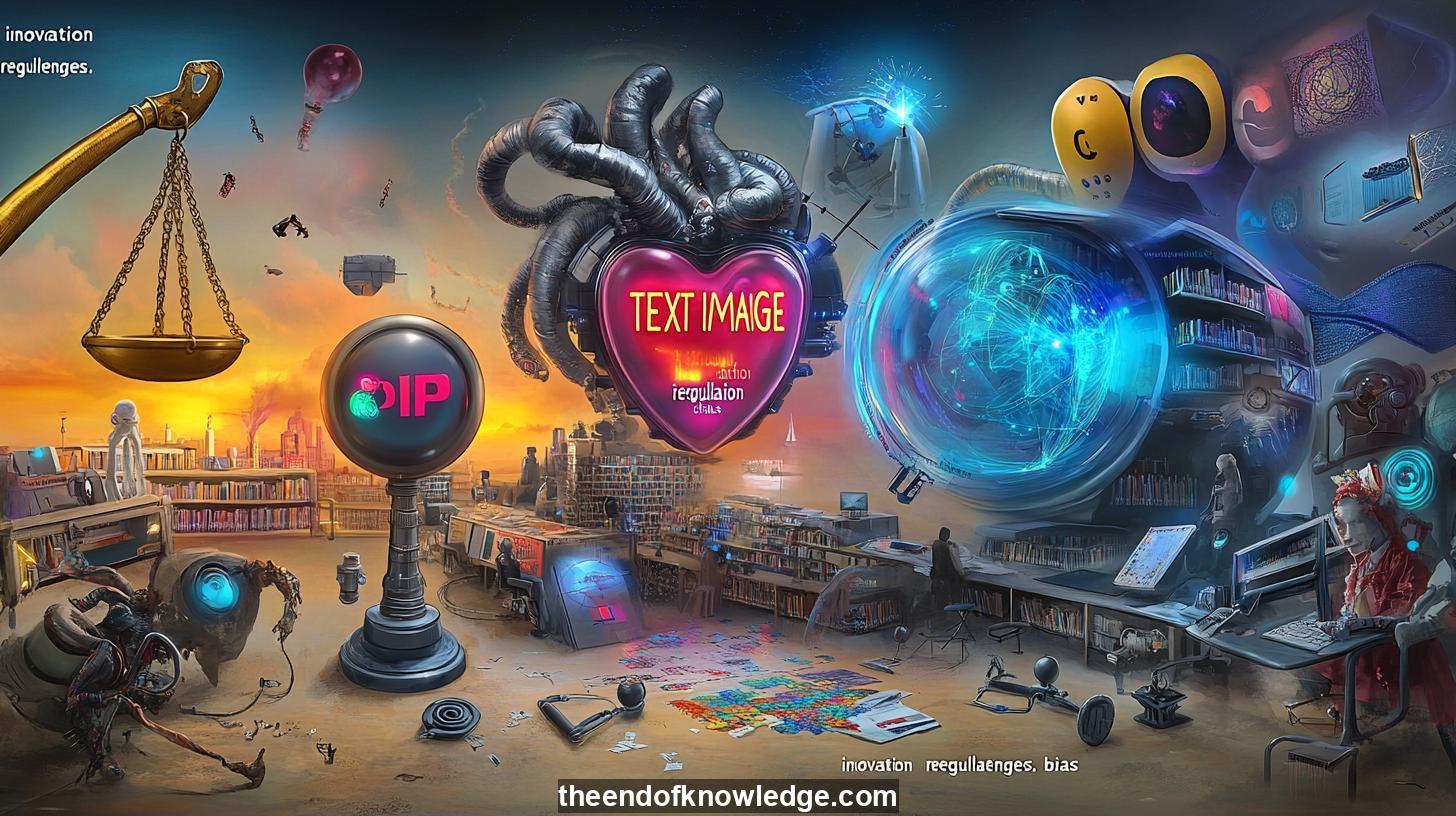 >
>
Concept Graph, Resume & KeyIdeas using DeepSeek R1 :
Resume:
The interview delves into the integration of artificial intelligence (AI) at Freepik, focusing on enhancing image search capabilities. The discussion highlights the use of advanced models like CLIP (Contrastive Language–Image Pretraining) to align images with text descriptions, improving search accuracy. Challenges such as multilingual support, scalability, and ethical considerations like bias mitigation are explored. The conversation also touches on the broader impact of AI, including regulatory challenges and the potential for generative art. The future roadmap includes developing proprietary models and addressing infrastructure needs for large-scale AI implementations.30 Key Ideas:
1.- Freepik's AI project aims to improve image search using models like CLIP for better alignment between text and images.
2.- The integration of CLIP involves training models to understand both images and text, enhancing search relevance.
3.- Challenges include ensuring models work across multiple languages, with efforts to expand support beyond English.
4.- Scalability issues require efficient indexing solutions to handle millions of images quickly.
5.- Ethical considerations focus on reducing bias in search results, such as gender stereotypes in professional images.
6.- The future of AI at Freepik includes developing proprietary models for better performance and personalization.
7.- Generative art is a growing area, with tools allowing users to create personalized images and designs.
8.- Regulatory challenges in Europe may impact the development and deployment of AI technologies.
9.- The importance of explainability in AI models is discussed, ensuring transparency in decision-making processes.
10.- The potential for AI to revolutionize industries like education and healthcare is highlighted.
11.- Concerns about over-regulation stifling innovation are addressed, emphasizing the need for balanced policies.
12.- The interview reflects on the philosophical implications of AI, including its impact on human creativity and society.
13.- The development of AGI (Artificial General Intelligence) and its potential implications are explored.
14.- The ethical alignment of AI systems with human values remains a critical challenge.
15.- Collaboration between engineers and policymakers is essential for responsible AI development.
16.- The interview concludes with a call for embracing AI's potential while addressing its challenges thoughtfully.
17.- Freepik's approach to AI emphasizes practical applications and continuous improvement.
18.- The use of multimodal models like CLIP represents a significant advancement in search technology.
19.- User feedback is crucial for refining AI models and ensuring they meet real-world needs.
20.- The future of AI at Freepik involves exploring new creative tools and enhancing user personalization options.
21.- The importance of education in preparing society for AI-driven changes is stressed.
22.- The potential for AI to democratize access to creative tools is highlighted.
23.- Regulatory frameworks must adapt to keep pace with rapid advancements in AI technology.
24.- The balance between innovation and regulation is crucial for fostering growth in the AI sector.
25.- Ethical considerations must be integrated into the core of AI development processes.
26.- The interview underscores the need for diverse perspectives in shaping AI's future.
27.- AI tools like CLIP are transforming how users interact with and search for visual content.
28.- The development of proprietary models at Freepik aims to set new standards in image search.
29.- Generative AI is poised to revolutionize industries by enabling unprecedented levels of personalization.
30.- The conversation concludes with a hopeful outlook on AI's potential to drive positive change across society.
Interviews by Plácido Doménech Espí & Guests - Knowledge Vault built byDavid Vivancos 2025